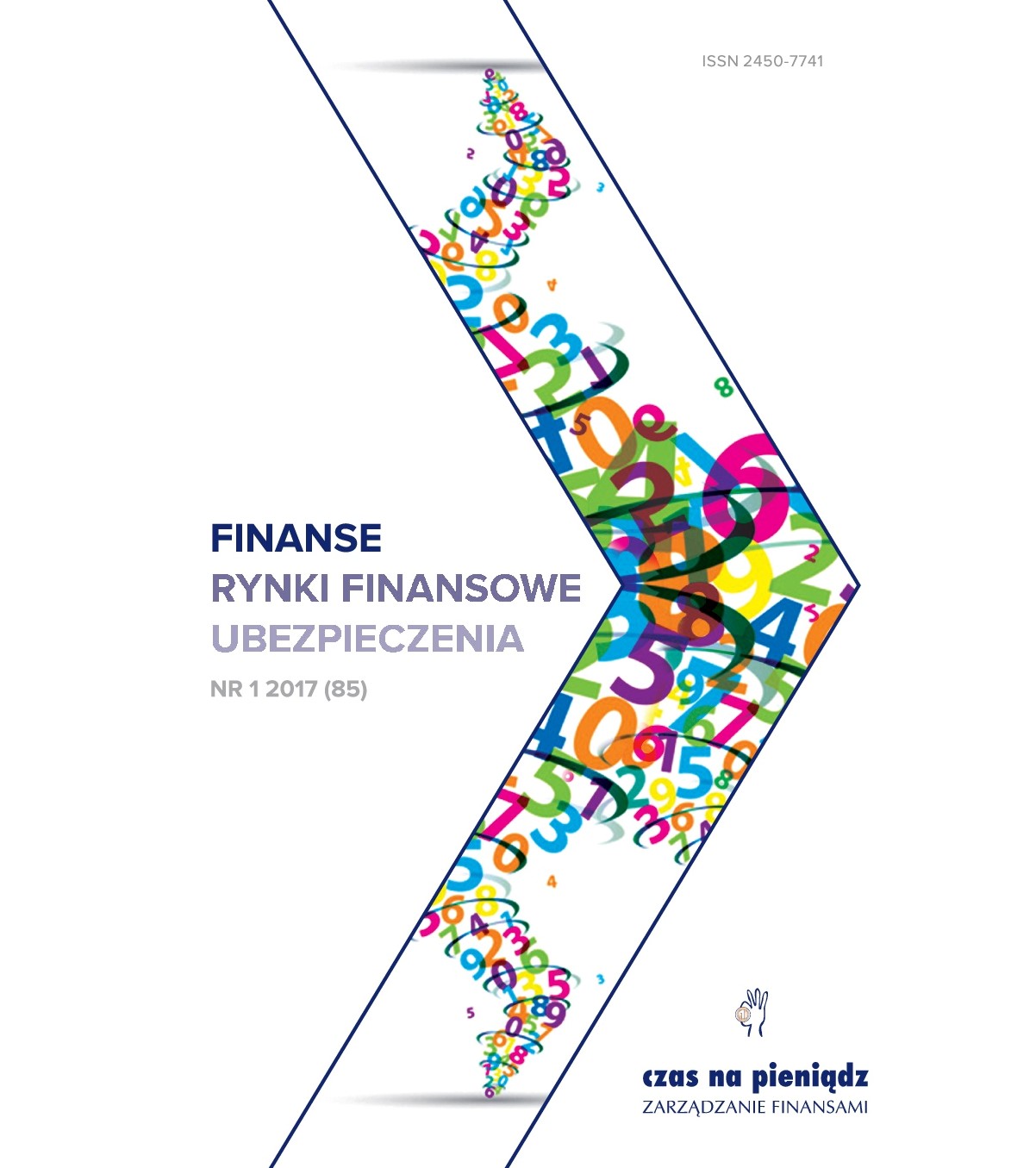Zadłużenie a działalność innowacyjna w małych i średnich przedsiębiorstwach
Debt and Innovative Activity in Small and Medium-sized Enterprises
Author(s): Katarzyna PrędkiewiczSubject(s): Economy, Business Economy / Management
Published by: Wydawnictwo Naukowe Uniwersytetu Szczecińskiego
Keywords: capital structure; innovation; information asymmetry
Summary/Abstract: Purpose – The aim of the paper is to examine how innovation affects interest debt. Firstly we verified whether there is a link between the declared innovation strategy and debt. Then we tested the hypothesis that technological innovations (products and processes) influence the capital structure, while the non-technological innovation (marketing and organizational) are neutral towards it. Design/methodology/approach – The study was based on the combined data obtained from the Amadeus database and conducted interviews on a sample of 409 companies. Financial data thus were supplemented by on innovative activity. Verification of hypotheses was based on OLS method. We assumed asp explained variable interest debt ratio. The explanatory variables were selected based on previously conducted research on factors affecting capital structure of companies the sample of 3441 enterprises. This sample was a base to randomly select 409 enterprises to survey. We used two types of proxy for innovation. Firstly we adopted as a measure of innovation declared innovation strategy (neutral, “occasional” and the pro-innovative strategy). Secondly we used the “Oslo methodology” and collect data on introduced product, process, organizational and marketing innovations in the last 36 months. Findings – Created models confirmed that the companies which did not launch innovation in the market used more intensively interest debt (or had better access to external capital) than companies with pro-innovative strategy. When we were examining the impact of different types of innovation on capital structure, we have found that only product innovation, specifically launching new product in the market, affects negatively interest debt level, and non-technological innovation are neutral in this area. Originality/value – It was confirmed that besides the classic factors, innovative activity has an impact on a capital structure. Studies have confirmed that launching new product in the market, what is associated with the highest risk, leads to the increase in asymmetry of information between the company and the potential capital supplier. Instruments to support innovative activities should therefore be dedicated primarily to companies introducing completely new products in the market and should lead to mitigating the effects of information asymmetry. Changes in the manufacturing process or product improvement, as well as the changes in the way services are supplied have no impact on a capital structure.
Journal: Finanse, Rynki Finansowe, Ubezpieczenia
- Issue Year: 2016
- Issue No: 82 (1)
- Page Range: 211-222
- Page Count: 12
- Language: Polish

